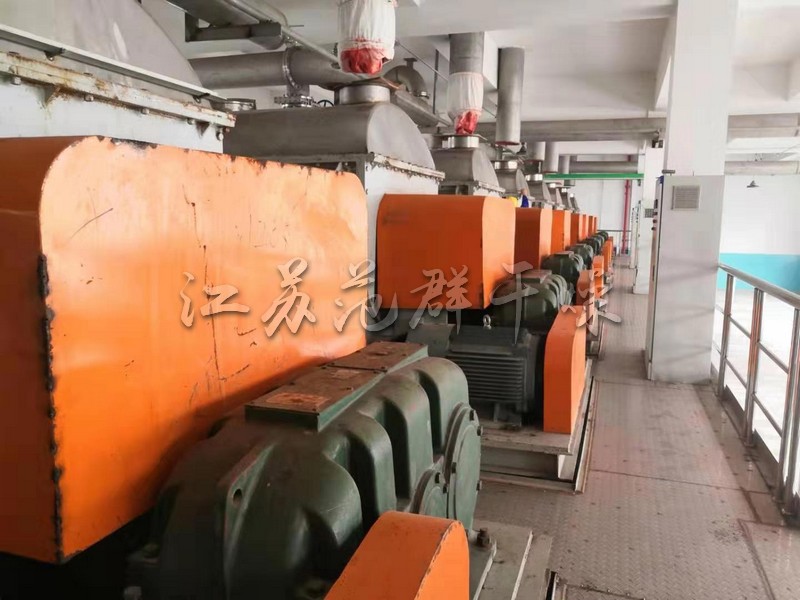Products
Products
Spray dryer
Flash airflow dryer
Vibrating fluidized bed dryer
Drum scraper dryer
Vacuum rake dryer
Paddle dryer
Spiral belt dryer
Belt dryer
Disc dryer
Double cone rotary dryer
Oven drying machine
Boiling dryer
Closed circuit dryer
Crushing, mixing, screening, granulation equipment
Dust removal equipment


